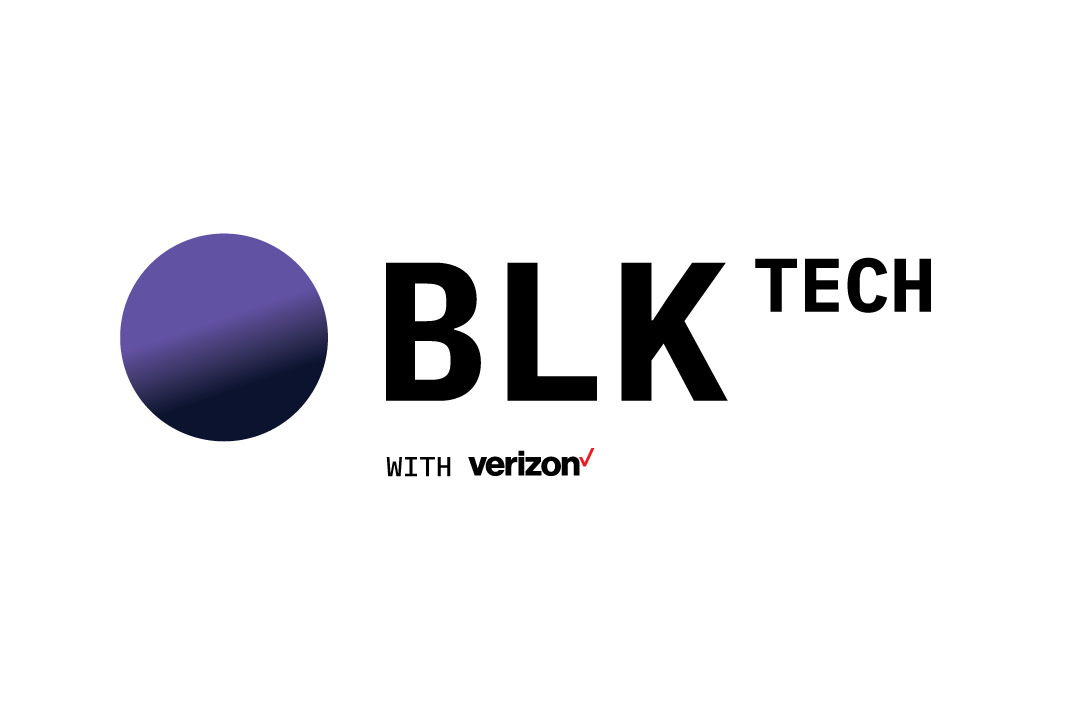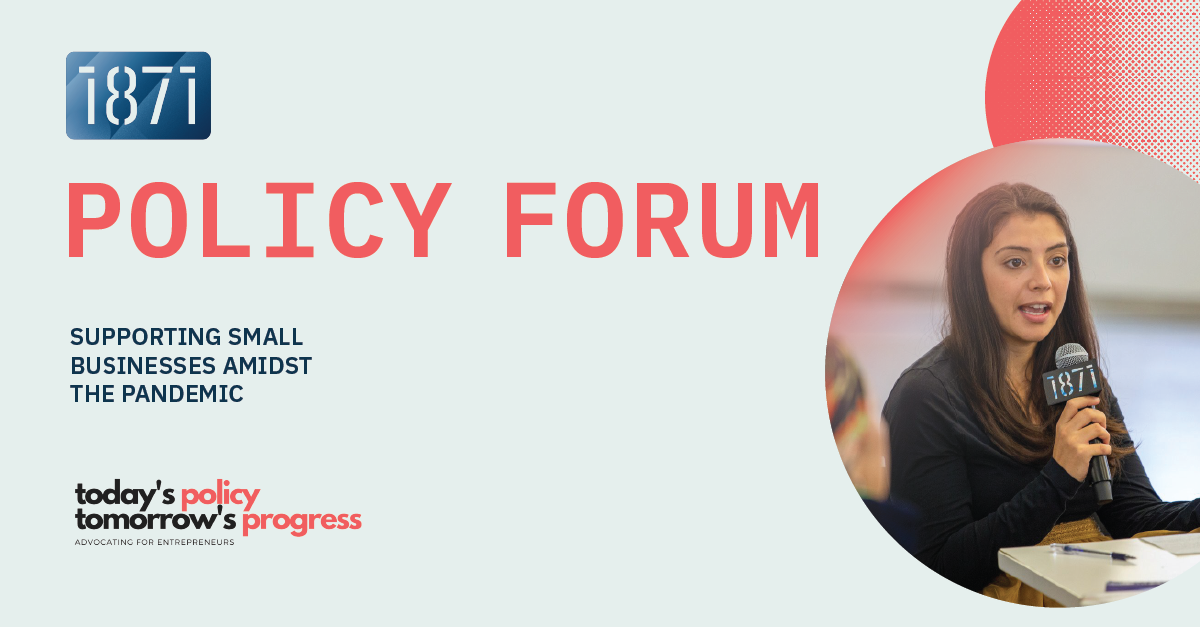1871’s launches BLK•Tech in partnership with Verizon, an accelerator for Black entrepreneurs in the tech industry starting on February 2, 2021.
CHICAGO (January 20, 2021) – 1871 is excited to announce the launch of BLK•Tech, a new accelerator group and programming initiative devoted to building Black-led startups in the tech sector that complements their core PYROS curriculum. BLK•Tech in partnership with Verizon, and other founding sponsors such as William Blair, is set to become the latest evolution in 1871’s ongoing mission to foster the next generation of Black entrepreneurs throughout the Midwest and will begin virtually on February 2, 2021.
1871’s newest launch will work to directly address the needs of Black entrepreneurs in the community and the numerous and unique challenges they face when building a business. BLK•Tech builds upon 1871’s core programming by providing peer-learning, dedicated one-on-one mentorship from fellow Black tech and civic leaders, and exclusive programming designed to increase access to a new world of opportunities for founders.
“At 1871, our community of engaged founders, growth-scalers, and innovators come from all backgrounds and corners of Chicagoland and beyond. Together, we share a commitment to building a stronger and more equitable tech environment for everyone,” said Betsy Ziegler, CEO of 1871. “BLK•Tech is both the latest step in our ongoing commitment to being allies in inclusive innovation and the result of various meetings, listening sessions, and conversations with our steering committee of Black founders about the support they need to tackle the unique challenges they face. We’re excited to work with our partners to make this program a reality and to welcome what I hope will be the first of many successful cohorts of Black-led startups.”
1871 is proud to align its services with organizations that are also invested in enhancing critical business pathways for Black entrepreneurs.
“As part of our larger Citizen Verizon responsible business plan, we’re proud to partner with 1871 and other organizations that connect diverse technology entrepreneurs with crucial resources to develop innovative solutions and advance their businesses,” said Carrie Hughes, Director of Corporate Social Responsibility at Verizon.
Other founding sponsors of the program include William Blair, among others. “William Blair and its employees have a long history of being engaged in the communities where we live and work, and we are excited to support BLK•Tech. This is a prime opportunity to step up and apply our financial industry expertise to help accelerate entrepreneurs, and foster more diverse businesses and workplaces,” said James O’Connor, managing director, head of Venture Capital at William Blair.
About BLK•Tech
BLK•Tech is designed for Black founders that are either at the ideation or build phase of their business. The program will run for a total of 12 weeks in conjunction with PYROS, and will culminate in an annual demo day showcase.
Led by a dedicated program manager and entrepreneur-in-residence (EIR), the program is made up of four main parts:
- Shareouts offer an intimate and confidential space for participants to ask questions, discuss highs and lows from the week, and seek advice.
- Leadership development workshops are facilitated by industry experts and entrepreneurial support organizations (ESO), and will feature pertinent topics such as confronting representation syndrome, racism in tech, tackling tough conversations, and more.
- Rountables provide founders a chance to discuss openly with a rotating keynote speaker or full panel of successful Black business leaders.
- EIR office hours are a reserved time for participants to speak one-on-one with the entrepreneur-in-residence.
BLK•Tech is one of the accelerator groups in 1871’s PYROS program, a tailored curriculum that offers educational programming and mentorship to members building, launching, and scaling their businesses. PYROS, which was first introduced in 2019, redefined the startup experience through a format that empowers founders at any stage to build out and scale their innovative ideas. BLK•Tech builds on the success of long term programs WISTEM and LatinX, which support women and LatinX founders in the 1871 community.
The first cohort of BLK•Tech will begin on February 2, 2021 and conclude on April 20, 2020, with subsequent cohorts thereafter, averaging from at least 1 – 2 per year depending on the rotation of 1871’s accelerator programs listed above. Those interested in signing up for BLK•Tech can apply for an 1871 membership to join today.
###
About Verizon
Verizon Communications Inc. (NYSE, Nasdaq: VZ) was formed on June 30, 2000 and is celebrating its 20th year as one of the world’s leading providers of technology, communications, information and entertainment products and services. Headquartered in New York City and with a presence around the world, Verizon generated revenues of $131.9 billion in 2019. The company offers data, video and voice services and solutions on its award winning networks and platforms, delivering on customers’ demand for mobility, reliable network connectivity, security and control.
About 1871
1871 is Chicago’s technology hub and the #1 ranked private business incubator in the world. It exists to inspire, equip, and support founders, growth scalers and innovators in building extraordinary businesses. 1871 is home to ~450 technology startups, ~400+ growth stage companies, and ~1,500 members, and is supported by an entire ecosystem focused on accelerating their growth and creating jobs in the Chicagoland area. The member experience includes virtual and in person access to workshops, events, mentorship, and more. The nonprofit organization has 350 mentors available to its members, alongside access to more than 100 partner corporations, universities, education programs, accelerators, venture funds and others. Since its inception in 2012, more than 650 alumni companies are currently still active, have created over 11,000 jobs, and have raised more than $1.65 billion in follow-on capital.









